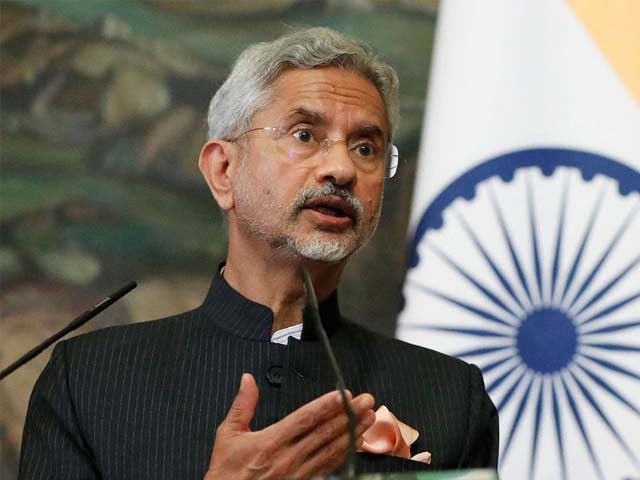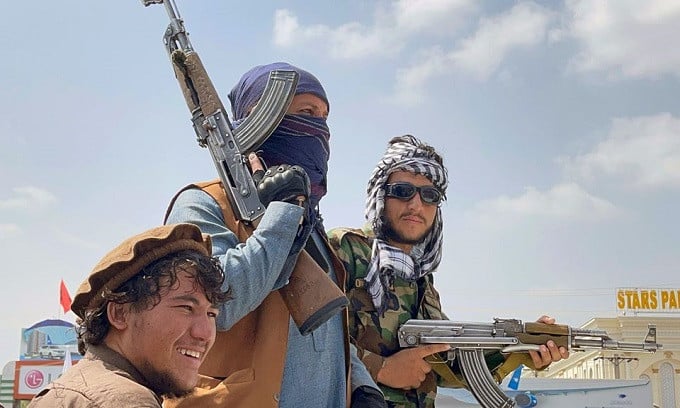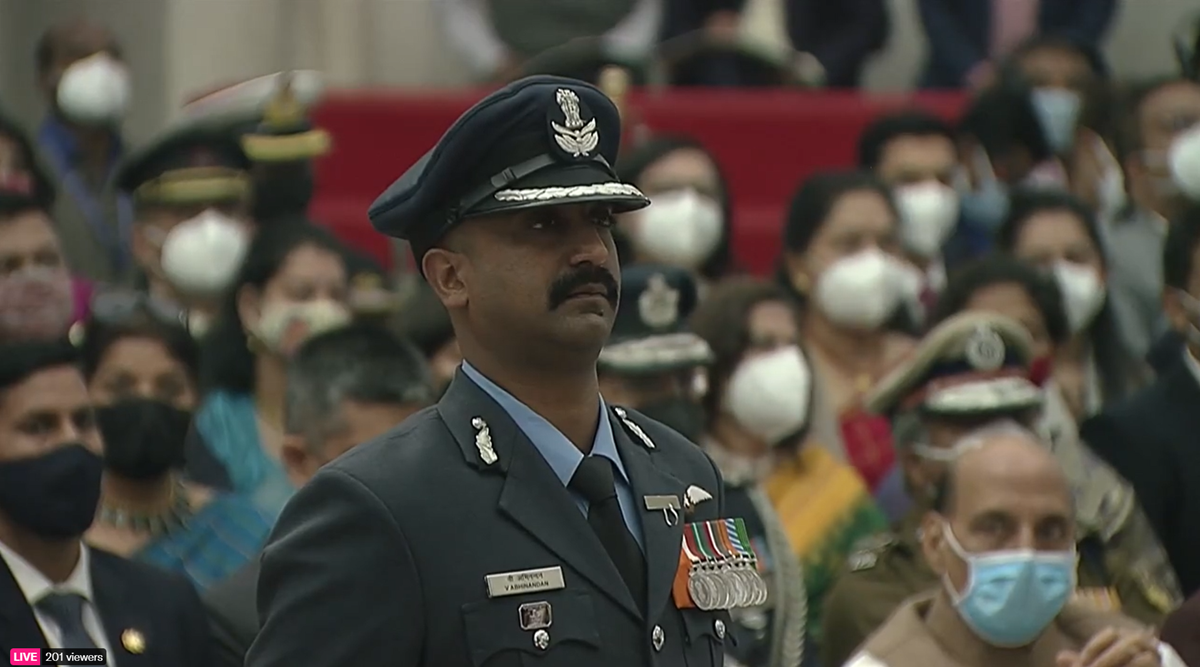
Was Jaishankar’s sojourn to Georgia really a signal to Russia?
The Times of India speculated in a recent article that Minister of External Affairs (MEA) Jaishankar’s sojourn to US ally Georgia immediately after his trip to Moscow last week was a signal to Russia. According to the outlet’s interpretation of that event, India wanted to send a signal to Russia after Foreign Minister (FM) Lavrov traveled to Pakistan immediately after India in early April, which some observers regarded as Russia supposedly “hyphenating” the two countries. I explained later that month in an analysis for India’s ThePrint why that’s an inaccurate assessment of the situation, which should be read by anyone interested in the relevant insight.
Russian-Indian relations were characterised by the unprecedented trend of incipient distrust last year but their mutual suspicions of one another’s relations with China and the US respectively were finally put to rest during FM Lavrov’s trip to New Delhi. MEA Jaishankar’s visit to Moscow built upon FM Lavrov’s success in restoring their historical trust and was regarded as a positive development by observers from both countries. His sojourn to US ally Georgia immediately afterwards shouldn’t be regarded as having any anti-Russian intentions despite the optics making it easy for populist commentators to misportray India’s motivations.
Indian-Georgian relations have a strategic significance for New Delhi since they complement the South Asian state’s hemispheric connectivity initiatives, the most prominent of which is the North-South Transport Corridor (NSTC). This project was originally supposed to be the centrepiece of its Eurasian outreach efforts. The core of the NSTC connects to Russia while its eastern branch (NSTC-E) aims for Afghanistan & Central Asia and the western one (NSTC-W) is directed towards the EU via the South Caucasus and the Black Sea. Recent developments in two of those regions, however, resulted in India having to recalibrate its connectivity priorities.
Azerbaijan’s victory in last year’s Karabakh War saw the South Caucasus state strengthen its traditional ties with Pakistan and Turkey, both of whom have troubled relations with India. Baku subsequently made many official statements of support for Islamabad’s position towards the Kashmir Conflict. This made it politically uncomfortable for India to continue relying on Azerbaijan as a transit state for facilitating its planned NSTC trade with Russia. The workaround is to tranship goods from Iran to Russia across the Caspian, but this could entail additional costs and time. The NSTC’s core purpose will still remain in place, but with reduced volume.
The second pertinent development was Afghanistan agreeing to intensify its integration into China’s Belt & Road Initiative (BRI) during last month’s virtual trilateral Foreign Ministers meeting between their top diplomats and Pakistan’s. Combined with February’s agreement between Pakistan, Afghanistan, and Uzbekistan to construct a trilateral railway between their countries (PAKAFUZ) as well as the Taliban’s lightning-fast nationwide offensive of the past few weeks, the viability of NSTC-E has greatly diminished. Afghanistan and the Central Asian Republics no longer have much need for India’s project after China’s just replaced it.
Faced with these unexpected challenges to its regional connectivity plans, India decided to reprioritise its focus away from the NSTC’s core purpose and NSTC-E towards NSTC-W instead. This vision entails the creation of an Indian-EU corridor across Iran, Armenia, Georgia, and the Black Sea which plans to make use of the NSTC’s core infrastructure that’s already in place. It also has several additional strategic dimensions too beyond the obvious economic one that was just described. These relate to improving Armenia’s connectivity potential as well as sending a signal to Turkey.
To explain, the first of these two dimensions is actually pro-Russian unlike what the Times of India speculated. Armenia feels very uncomfortable with the Zangezur Corridor that it agreed to as a result of the Russian-mediated ceasefire last November for facilitating connectivity between Azerbaijan’s western region and its Nakhchivan enclave across Syunik Province. Some fear that it’ll eventually embolden Azerbaijan to make territorial claims against Armenia. NSTC-W, however, can enable Armenia to reaffirm sovereignty over its southern region and could also see the involvement of the many Russian companies operating in that country.
As for the signal that India is sending to Turkey through NSTC-W, this relates to New Delhi contributing to Yerevan’s socio-economic development by turning it into one of the transit states along this planned transcontinental corridor. India is also suggesting that it won’t rely on Turkish ally Azerbaijan for facilitating its trade with Russia since it can reach that country across the Black and Caspian Seas from Iran and Georgia respectively despite entailing additional costs and transit times. By strengthening Armenia’s sovereignty over Syunik Province and cutting out Azerbaijan from the NSTC, India is challenging Turkey’s regional interests.
Russia prefers for all of its partners, including rival pairs like India and Turkey, to get along with one another but it also actively practices a very creative “balancing” strategy as well. Although getting along better than ever with Ankara than at any time before in history, Moscow is still suspicious of its grand strategic motives, especially in the South Caucasus. With this in mind, Russia might actually encourage India’s “competitive connectivity” in the region since this helps to balance Turkish influence. Any reduced trade with India across the NSTC can be replaced with more trade across the promising Vladivistok-Chennai Maritime Corridor (VCMC).
For all of the reasons contained in this analysis, it can therefore be concluded that the Times of India’s portrayal of MEA Jaishankar’s sojourn to Georgia is inaccurate. It wasn’t meant as a signal to Russia, which India is closely coordinating with once again following FM Lavrov’s visit to New Delhi earlier this year, but to Turkey. The geostrategic “balancing” dimensions of NSTC-W also suggest that Russia and India are making progress on assembling a new Non-Aligned Movement (Neo-NAM) for “balancing” Eurasian affairs. This emerging trend could be a game-changer, and it’s what the most serious observers should really keep an eye on going forward.




COMMENTS
Comments are moderated and generally will be posted if they are on-topic and not abusive.
For more information, please see our Comments FAQ